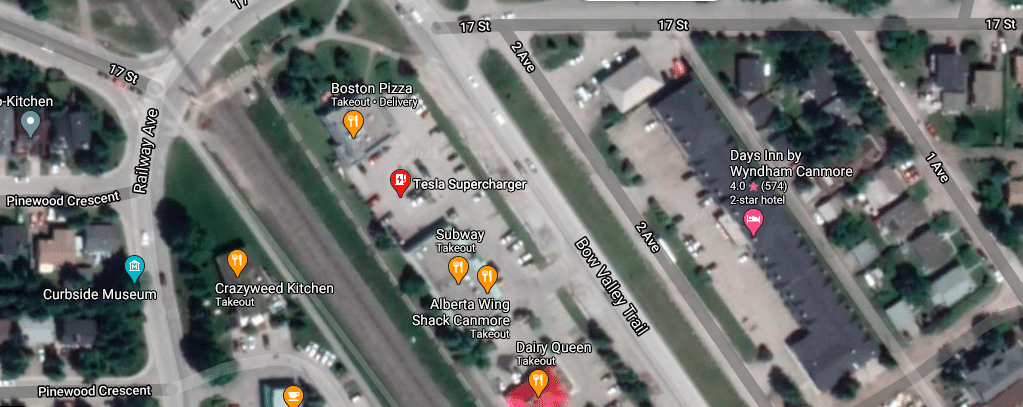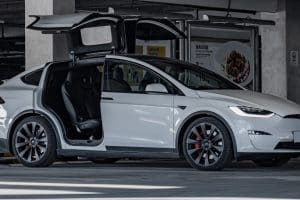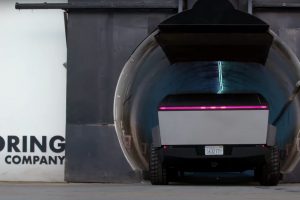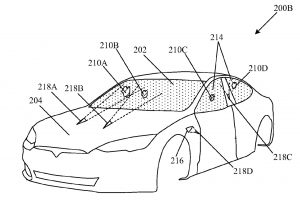In the town of Canmore in Alberta, Canada, Tesla Model X owner Anshuman Chhabra witnessed one of the most uncomfortable and irritating things that could happen to an electric car driver. The EV owner found, pulling up into a Tesla Supercharger, that most of the charging stations had already been occupied, not by electric cars but by vehicles powered by fossil fuel.
Chhabra expressed his experience in a tweet where he noted that since ICE cars had blocked the entire Supercharger station, there was no place left for an electric vehicle to charge. Ultimately, the driver of the Model X ended up waiting 30 minutes for the Tesla Supercharger to enter an open slot, and that was only because one of the cars that blocked a stall backed out.
The trend of blocking the charging stations of electric vehicles, better known as ICE-ing in the EV community, has been going on for years. While there have been claims that anti-EV drivers have maliciously blocked Superchargers in the past, a large number of ICE-ing accidents appear to originate from other drivers not understanding that they are not allowed to park at a charging stall.
This might very well have been the case, given the Canmore Supercharger location visited by the owner of the Model X. After all, the site is home to a restaurant and other companies, which means that Tesla’s open charging stalls could be appealing to patrons who can not access their allocated parking slots.

This does not justify, of course, the art of ICE-ing. It does, however, illustrate the need for electric vehicle manufacturers such as Tesla to implement certain systems or contingencies that could help avoid the blocking of chargers. Tesla China, using some innovative locks that only allow access to a charging slot once a Tesla is detected, is already implementing such a system. Local government policies and regulations help a lot, too, as they will have a negative motivation for ICE drivers to block charging stations for electric cars.
With electric cars being more prevalent, it is high time for ICE-ing practices to be heavily discouraged and anti-ICE-ing regulations to be enforced. States such as Colorado have already taken major steps towards this objective with HB19-1298, a bill that imposes fines on drivers occupying EV charging spots without any intention of charging their vehicles. Of course, these are tiny measures, but they stress the point that EVs should not be blocked from accessing public chargers. After all, ICE-ing is the equivalent to someone blocking a gas pump and leaving, and that is something that drivers everywhere would certainly not tolerate.
Ready to join Tesla’s Mission to accelerate the world’s transition to sustainable energy? Feel free to use my referral code to get some free Supercharging miles with your purchase: http://ts.la/guanyu3423
You can also get a $100 discount on Tesla Solar with that code.





